AS OF this month you will be paying a fair bit more for a new car.
For that anomaly, you can blame the performance of the rand, which since November last year following a cabinet reshuffle of finance ministers saw the local currency plough to unnervingly low levels. In fact, we saw our beleaguered currency trading up to R25 to the British pound and some R16 to US dollar, while the euro hovered close to the R20 mark.
The effects of which saw some manufacturers, mostly those who fully import their vehicles, raise their prices. Without export credits to fall back on — such as those enjoyed by BMW, Mercedes-Benz, Nissan, Toyota and Volkswagen, who all have manufacturing facilities in SA — full importers are in a less favourable position.
For instance, a Kia Rio 1.4 Tec hatch manual would have set you back R218,995 in September last year, while as of this month the same car will cost you R241,995. This is largely due to the Korean manufacturing company buying its vehicles in dollars and, without export credits to offset this, the exchange rate tends to wreak havoc with most full importers when the rand softens.
Of course, this is not an isolated matter among Korean manufactures. The French marques Citroen, Peugeot and Renault are facing a similar predicament, but perhaps less so than the British marque Jaguar Land Rover, which imports from the UK.
Interestingly, while chatting to a marketing bigwig from Mercedes-Benz SA recently, he alluded to the fact that while the company managed to hold prices late last year, as of this month they had to cave in to pressure. He mentioned that pricing has been hiked by 4% across the board and, depending on how the rand performs in the forthcoming months, another price hike could be looming.
So it would seem that things might be looking a touch bleak in the new car market this year, but everyone is in a similar pickle and, likewise, will have to weather the storm.
Dealers are likely to see more traffic in their pre-owned floors as many individuals look for bargains, but new metal will continue to trickle into the market and manufacturers will certainly have their work cut out for them to continue to stimulate the market’s appetite, the current exchange rate notwithstanding.

Picture: SOWETAN
AS OF this month you will be paying a fair bit more for a new car.
For that anomaly, you can blame the performance of the rand, which since November last year following a cabinet reshuffle of finance ministers saw the local currency plough to unnervingly low levels. In fact, we saw our beleaguered currency trading up to R25 to the British pound and some R16 to US dollar, while the euro hovered close to the R20 mark.
The effects of which saw some manufacturers, mostly those who fully import their vehicles, raise their prices. Without export credits to fall back on — such as those enjoyed by BMW, Mercedes-Benz, Nissan, Toyota and Volkswagen, who all have manufacturing facilities in SA — full importers are in a less favourable position.
For instance, a Kia Rio 1.4 Tec hatch manual would have set you back R218,995 in September last year, while as of this month the same car will cost you R241,995. This is largely due to the Korean manufacturing company buying its vehicles in dollars and, without export credits to offset this, the exchange rate tends to wreak havoc with most full importers when the rand softens.
Of course, this is not an isolated matter among Korean manufactures. The French marques Citroen, Peugeot and Renault are facing a similar predicament, but perhaps less so than the British marque Jaguar Land Rover, which imports from the UK.
Interestingly, while chatting to a marketing bigwig from Mercedes-Benz SA recently, he alluded to the fact that while the company managed to hold prices late last year, as of this month they had to cave in to pressure. He mentioned that pricing has been hiked by 4% across the board and, depending on how the rand performs in the forthcoming months, another price hike could be looming.
So it would seem that things might be looking a touch bleak in the new car market this year, but everyone is in a similar pickle and, likewise, will have to weather the storm.
Dealers are likely to see more traffic in their pre-owned floors as many individuals look for bargains, but new metal will continue to trickle into the market and manufacturers will certainly have their work cut out for them to continue to stimulate the market’s appetite, the current exchange rate notwithstanding.


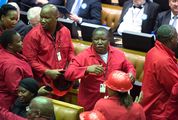

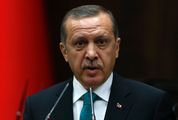



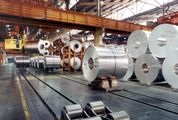

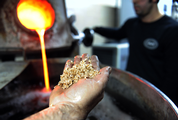








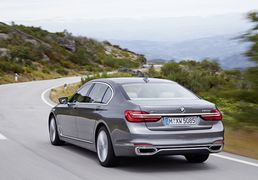





Change: 1.19%
Change: 1.36%
Change: 2.19%
Change: 1.49%
Change: -0.77%
Data supplied by Profile Data
Change: -0.19%
Change: 0.69%
Change: 1.19%
Change: 0.00%
Change: 0.44%
Data supplied by Profile Data
Change: 0.62%
Change: 0.61%
Change: 0.23%
Change: 0.52%
Change: 0.12%
Data supplied by Profile Data
Change: -0.21%
Change: -1.22%
Change: -0.69%
Change: -0.51%
Change: 0.07%
Data supplied by Profile Data